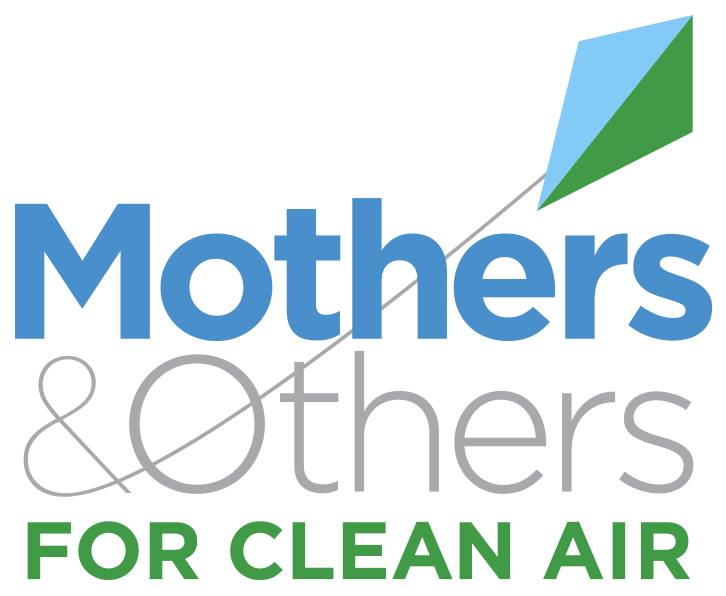Typically, minority populations and impoverished peoples tend to be exposed to environmental hazards significantly more often than other demographic populations (Bullard, 2000). Oftentimes these exploited communities do not have the necessary resources to relocate, or have the political voice to deny the industry residency in their community. This research explores what environmental injustice looks like in Alabama, specifically examining the key players in local, state, and federal governance that have decision-making power in environmental justice (EJ) communities, the ways in which EJ issues affect residents and the community, and the ways in which communities are organizing for environmental justice. Our results have shown that frustration by EJ communities in Alabama have resulted from lack of participation in the decision-making process within local, state, and federal levels as well as a lack of effort to consider EJ as a serious issue by these entities. Residents perceive these issues as attacks on their quality of life, their culture, and their ability to pursue happiness. When organizing for environmental justice, important items residents and key informants highlighted were networking and building alliances across state lines, connecting environmental and social issues as a part of the framing of their issues, appropriate and representational leaders, and building connections amongst both social and environmental organizations. Through the use of Critical Race Theory as our theoretical framework, we were able to analyze racial dynamics at play between entities involved with environmental justice organizing in Alabama.
Published Jan 1, 2016
Pennington, M., & Ph.D, S. C. (2016). Unconventional Wisdom. University of Montevallo TRIO McNair Scholars Program 2016 Research Journal. https://www.montevallo.edu/wp-content/uploads/2018/09/journal-2016-complete.pdf#page=186
